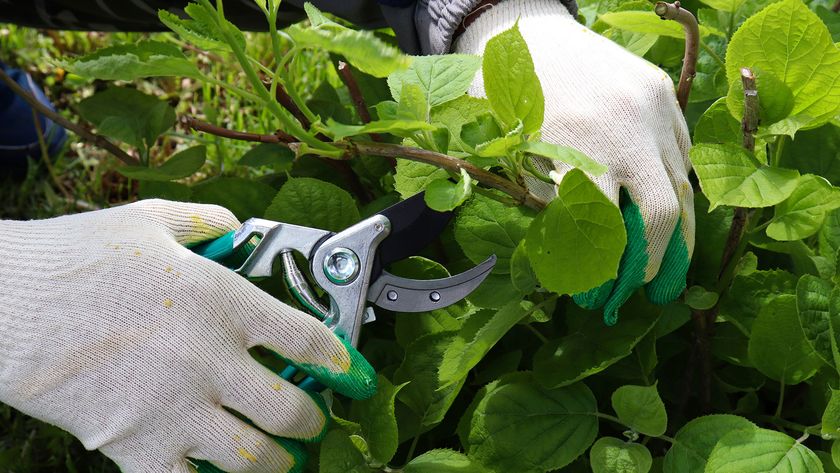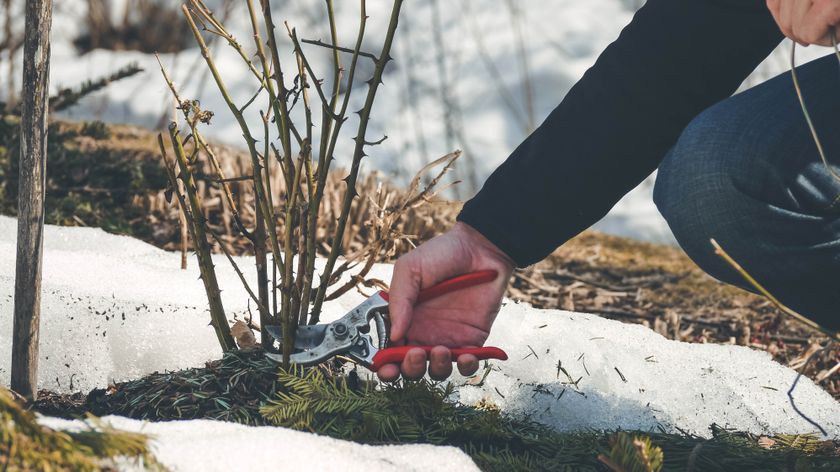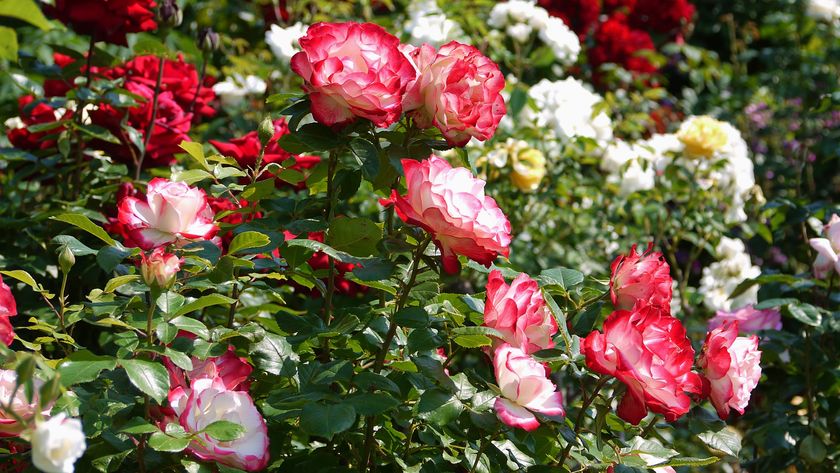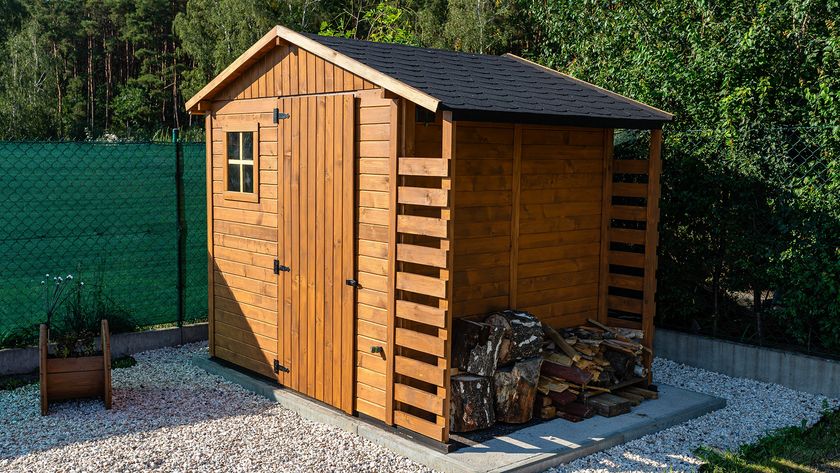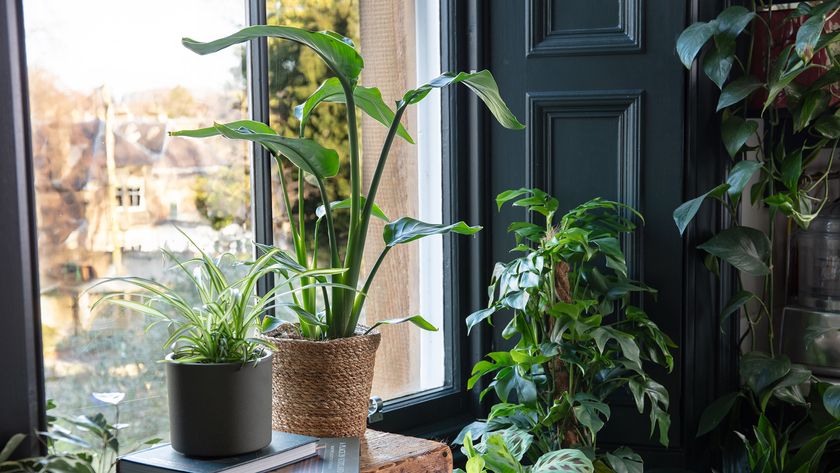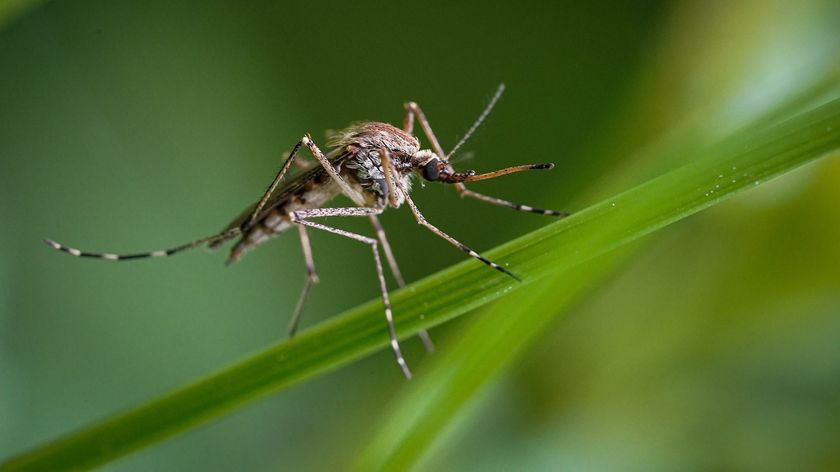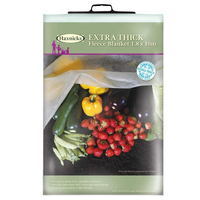Which plants need protecting from frost — we asked the experts
Know which plants to protect from the big chill
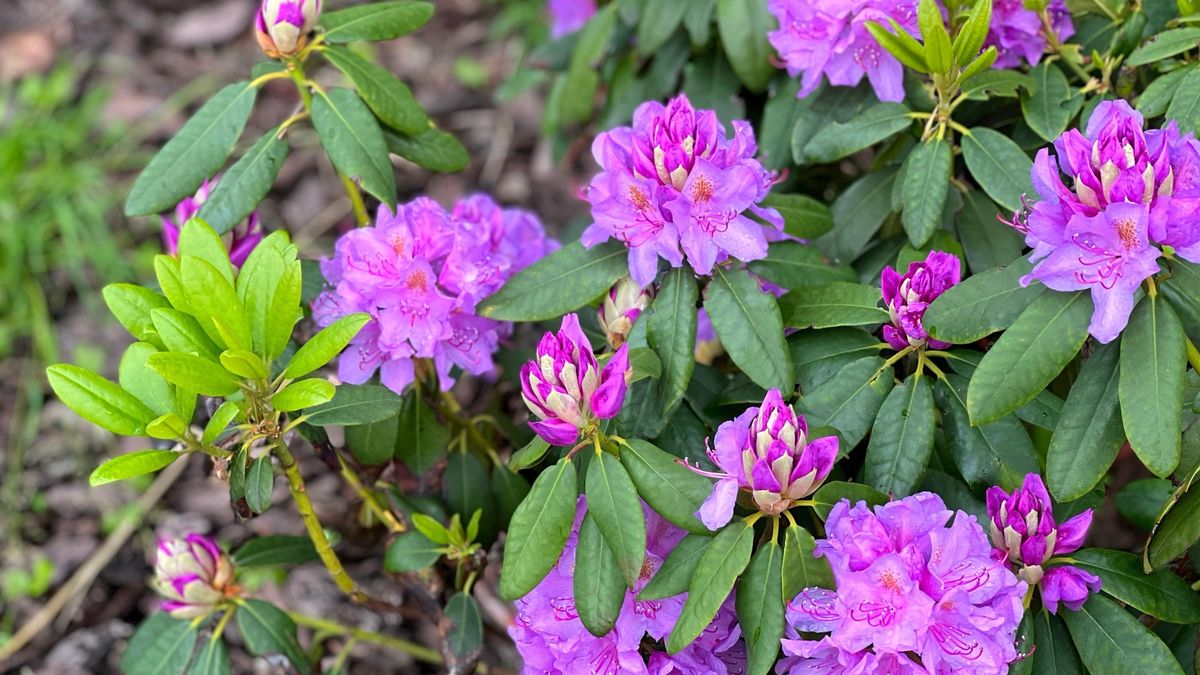
As we head towards winter, it seems a long time since the height of summer and those glorious days spent tending to plants in the yard. However, there are still jobs to be done outside, even when the sun has turned shy.
The frost can be a particular bug-bear to gardeners, as it can damage and even destroy those plants you’ve lovingly looked after during the warmer seasons. And, just as we add extra layers of insulation when the temperature drops, some plants also need protection from the cold weather.
Not all plants need protection from frost, as they are hardy enough to survive the harsh winter conditions. However, more tender varieties will need care to keep the frost at bay to ensure they emerge healthy and vibrant in the spring and beyond.
Here, we share the advice of plant experts on what plants to protect from frost during the winter.
Which plants need protecting from frost
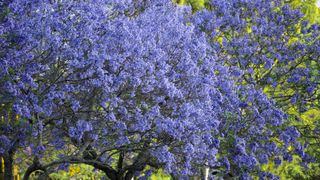
Understanding the difference in plant type can help explain why some can’t survive frost. Halina Shamshur, resident botany expert at Plantum, explains, “There are heat-loving, cold-resistant, and frost-hardy plants.”
Each can survive at different temperatures, and knowing which type you are growing will allow you to protect those that can’t survive harsh temperatures.
And there is a reason why some plants can survive a frost, while others can’t. Ward Dilmore, founder and head landscape designer at Petrus, explains, “Plants have what is called a cambium layer, which is a series of tissues that make up a plant’s anatomy and protect it from various diseases and cold temperatures. The thinner the cambium layer, the less cold hardy the plant is.”
Sign up to get the BEST of Tom's Guide direct to your inbox.
Get instant access to breaking news, the hottest reviews, great deals and helpful tips.
Tropical and semi-tropical plants
“Tropical and semi-tropical plants like Indian laurel, Citrus, and Jacaranda trees, are much more sensitive in the cold winter months,” says Michael Clarke, founder at Yardwork, “and unlikely to survive without some sort of protection.”
Shamshur also includes all popular varieties of pelargoniums, all succulents, cacti, and any palm species, and explains, “Heat-loving plants are mostly tropical plants that get damaged at temperatures below 43°F.”
She explains that when pelargoniums are exposed to frost, their soft leaves and stems turn black, and the same happens to cacti and palms. She advises that if you grow any of these plants in a pot outdoors, always bring them inside when the weather gets cold.
Tender perennials
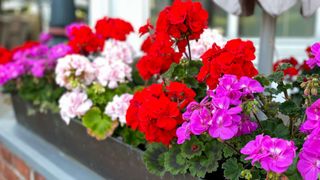
Julian Palphramand, head of plants at British Garden Centres, says that tender perennials such as dahlias, cannas, geraniums, and fuchsias will need protection from frost. “Due to their delicate nature and shallow roots, these plants struggle to survive harsh winters. Frost can damage their roots, foliage, and buds, leading to death or reduced growth and flowering,” he explains.
“To protect tender perennials, gardeners can lift and store them indoors, overwinter them in a frost-free greenhouse, mulch heavily, or use cold frames,” he advises.
Evergreen shrubs
While many evergreen shrubs are hardy, Palphramand says some can be vulnerable to frost damage, especially during severe cold spells. Examples include rhododendrons, azaleas and camellias.
To protect evergreen shrubs from frost, he suggests, “Gardeners can mulch around the base of the plants, plant them in sheltered locations, use horticultural fleece, water them adequately, and avoid heavy pruning in the autumn and winter months.”
Deciduous plants
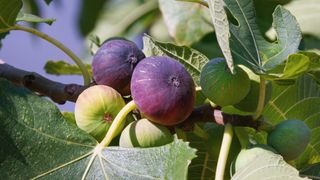
Even if plants can tolerate a degree of frost, some plants will still need protection. Shamshur explains that the common fig, hydrangeas, and roses are among deciduous shrubs that need a helping hand. “To protect them, you can build a frame and cover it with a spun-bond fabric, securing it with pegs at the bottom.”
She also adds that roses will benefit from a light pruning before the onset of cold. “If the bush is tall, leave about 6–8 buds on all branches; if it’s small, leave 2–4 buds. Make sure to remove all leaves too.”
She also recommends creating a mound around the shrub by adding more soil or peat and covering the plant with pine branches. Then, when you uncover the roses in spring, cut off all dead branches.
Potted plants
I always assumed that potted plants would be less prone to frost damage as their roots are not in the ground, but this is not the case. “Plants grown in containers are more susceptible to frost than those planted directly in the ground as the soil in pots can freeze more quickly,” explains Palphramand.
To protect them from frost, he suggests bringing them indoors or placing the pots in a sheltered location. Clarke adds, “It is important to water plants at least two times per week once they are inside, since they are not in their normal outdoor environment and can dry out quickly and die if left unattended indoors.”
Fruit trees
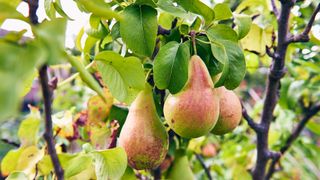
Not all fruit trees are vulnerable to frost damage, but Palphramand advises that young fruit trees, such as apple, pear, and peach trees, should be protected. If not, he explains, it can cause “bark damage, root damage, flower and fruit loss, and winter injury in the early stages of their growth.”
He suggests wrapping the trunk in horticultural fleece to protect your young fruit trees, choosing a sheltered planting site, and ensuring they are watered sufficiently.
Haxnicks Extra Thick Fleece Blanket for Plants: $27 @ Amazon
This extra thick 35gsm fleece blanket creates and retains warmth, protecting your plants from frost and insulating them from the cold. It allows air, moisture and sunlight to filter through, while providing pest protection from birds, animals and insects. The fleece polypropylene measures 5ft 10 inches x 33 inches.
Which plants don’t need protection from frost?
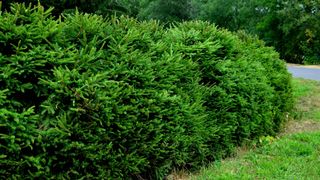
Apart from knowing which plants need protection from frost, it helps to be aware of which ones can be left alone. “Frost-resistant plants can withstand cold down to -22°F for an extended time,” explains Shamshur. They don’t get damaged and easily recover.”
Evergreen shrubs
“Evergreen shrubs, such as holly, juniper, and yews, are hardy and can tolerate freezing temperatures,” says Palphramand.
Shamshur adds that coniferous plants like junipers and spruces are also frost-resistant. “Their needles contain resin, which forms a thin film over the needles and prevents them from freezing during frost,” she says.
The needles can also retain essential water, which is essential to keep them healthy through the winter
Deciduous trees
Clarke explains that deciduous plants, which lose their leaves and go dormant in the winter, can survive the cold. Their qualities have allowed them to adapt.
Shamshur adds, “Many deciduous trees, such as the oak and birch, can tolerate frost and don’t require covering. By shedding leaves in fall, these trees reduce transpiration and conserve moisture, as they can’t obtain it from frozen soil.”
Perennial flowers
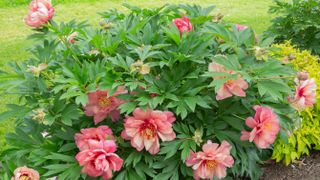
We always think flowers won’t withstand the cold, but Palphramand says that lavender, daffodils, and tulips are naturally cold-tolerant and can survive harsh winters. The peony is another winter favorite that isn’t afraid of the big freeze. “The peony’s roots overwinter in the ground and can handle temperatures down to -40°F”, says Shamshur.
Grasses
Ornamental grasses can add year round texture and beauty to a garden and many are hardy and can survive a harsh winter. Palphramand recommends fescue, bluegrass, and ryegrass, which can all withstand frost.
Native plants
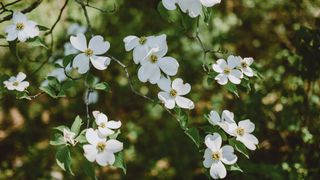
Plants native to your region don’t need to be protected from frost, as they have adapted to the climate. Although this will vary between regions, Clarkes says that Dogwood, otherwise known as Cornus, is a prime example of a native plant.
Where you live will play a part
Ward Dilmore, founder and head landscape designer at Petrus, says the best way to identify which plants will survive your climate’s winter is to check the USDA plant hardiness zone map.
Dilmore is located in the San Francisco Bay Area, in Northern California, which is zone 9-10. The temperature is unlikely to go below 35-39°F, keeping it above freezing and the tipping point for frost. Meanwhile, Northern Minnesota is in zone 3a, where minimum temperatures can reach -30 to -45°F, and plants will be at a much greater risk.
So, before buying new plants, it's worth checking out the USDA plant hardiness map to see if the plants you desire will survive in your temperature zone.
More from Tom's Guide

Camilla Sharman has worked in publishing and marketing for over 30 years and has covered a wide range of sectors within the business and consumer industries both as a feature, content, and freelance writer.
As a business journalist, Camilla has researched articles for many different sectors from the jewellery industry to finance and tech, charities, and the arts. Whatever she’s covered, she enjoys delving deep and learning the ins and out of different topics, then conveying her research within engaging content that informs the reader. In her spare time, when she’s not in her kitchen experimenting with a new recipe, you’ll find her keeping fit at the gym. In the pool, stretching at a yoga class, or on a spin bike, exercise is her escape time. She also loves the great outdoors and if she’s not pottering about in her garden, she’ll be jumping on her bike for a gentle cycle ride.
